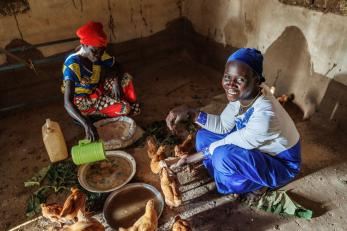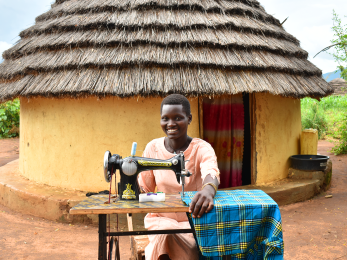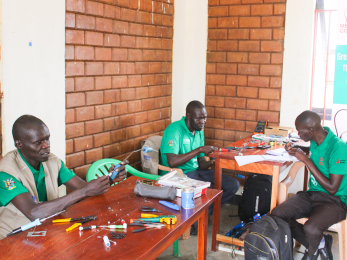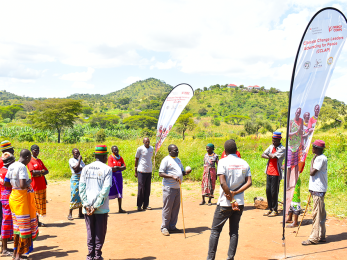The Incredible Economic Power of Forcibly Displaced Populations
Making the Case for Long Term Economic Opportunities for Refugees

In 2024, 122 million people worldwide were forcibly displaced, representing 1.5% of the global population, double from a decade earlier. Displacement is a long-term reality that implies no stable employment, education, or legal protection. Investing in economic opportunities for forcibly displaced populations is not charity, it is an economic stimulus - research shows every $1 invested in refugee inclusion yields about $2 in economic benefits within 5 years.
To decrease the need for humanitarian assistance funding, Mercy Corps is testing four promising models that support the economic resilience of displaced populations. Those models have demonstrated that displaced populations, with the right support, can generate substantive revenues – a three-refugee group in Uganda generates $1,200 after 9 months; IT-trained workers in Gaza earn an average $700/month; and 2,000 Venezuelan refugees in Colombia found long-term employment. Those models have also demonstrated early signs of systemic change, where governments modify their policies and procedures to accommodate refugees’ needs, input suppliers develop demand in refugee camps, and microfinance institutions invest their own capital to reach refugee populations.
The paper describes the four models and highlights how Mercy Corps, by sharing information on refugees’ market potential, supporting local market actors, and leveraging technology, can have a long-lasting impact.


